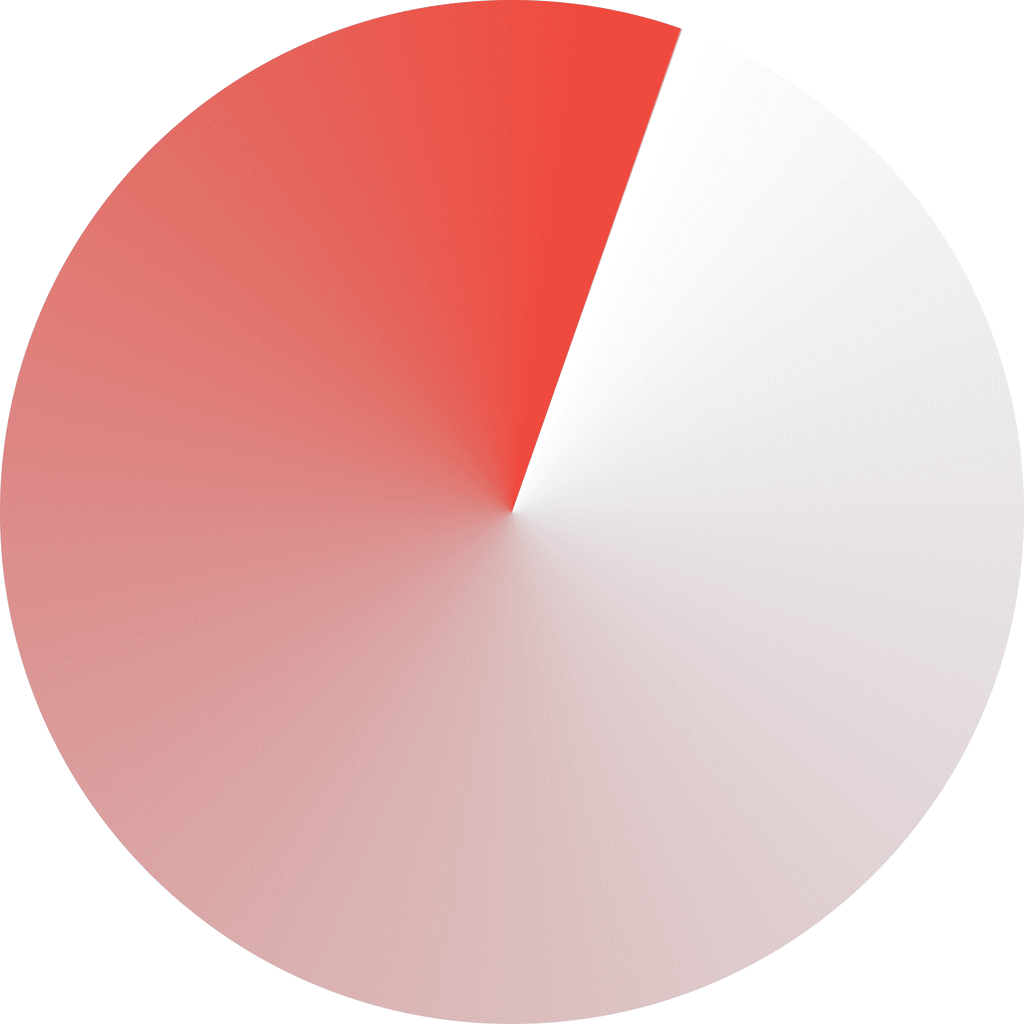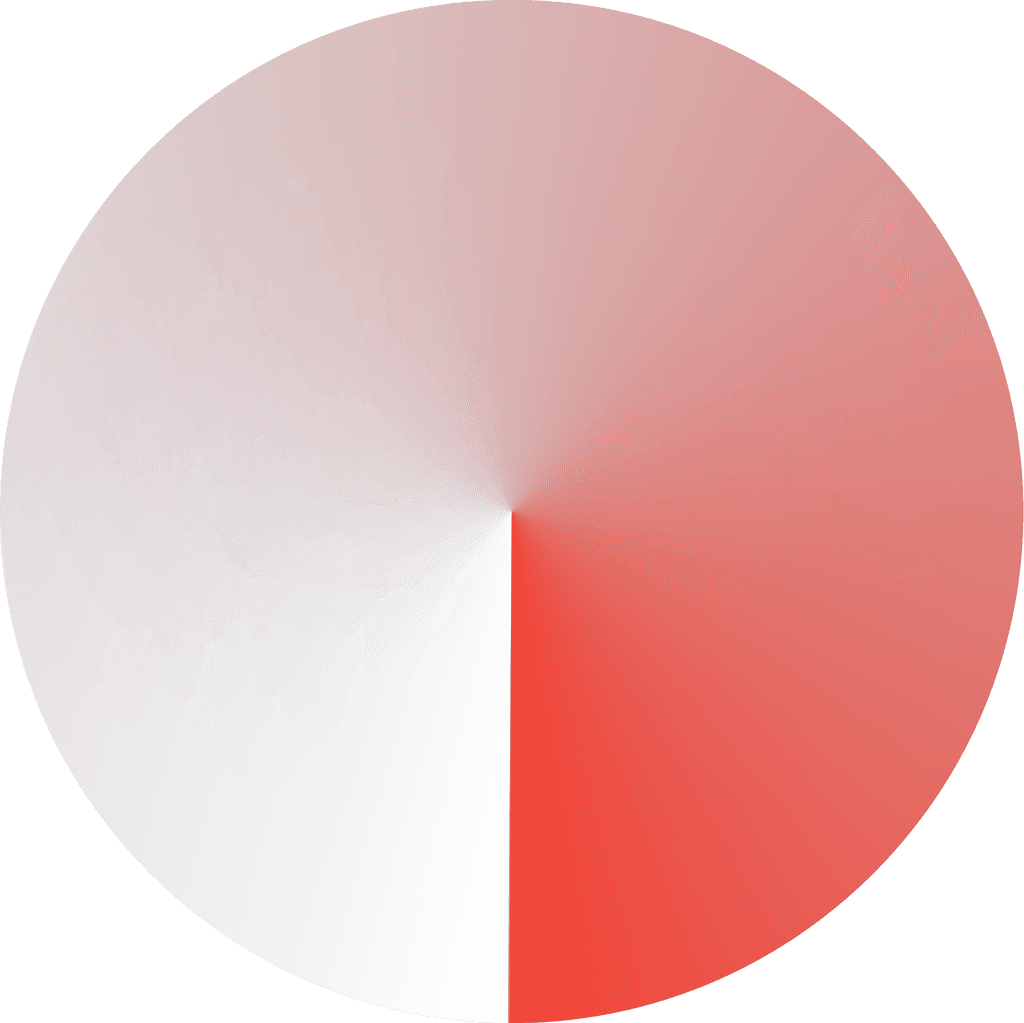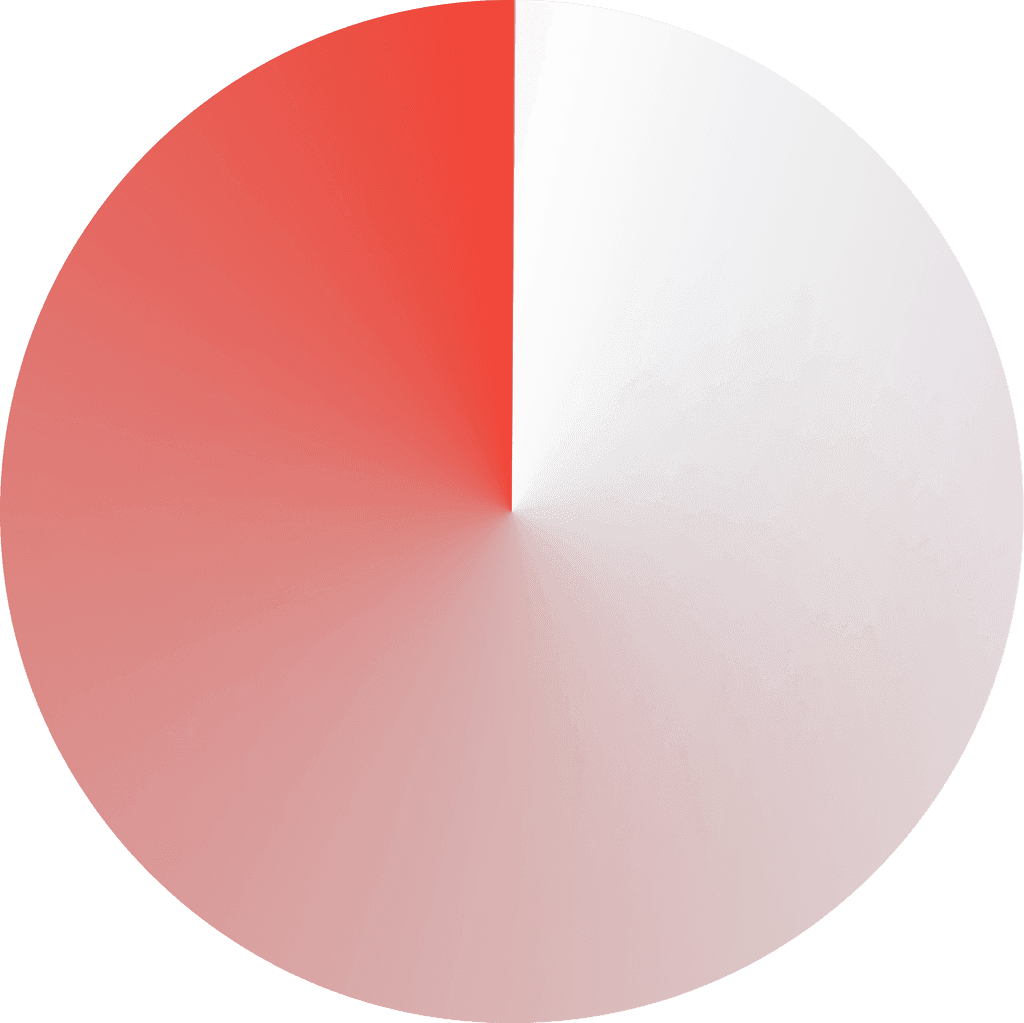



Product
User Experience
Our User experience is built upon a mix of qualitative, early feedback, and quantitative, persistent insights from large volumes of data.
Product Discovery
UX and Product discovery go hand-in-hand at buzzvil. Product discovery belongs to the product strategy, and includes UX research. In facts, connecting the two results in having Product designers and Product managers working together. Product discovery aims at unveiling business opportunities while UX research unveils design/business opportunities, leading to design/business leads and later on, design/business decisions.
In each related mission team, product designers are in charge of running and advocating qualitative feedback. It includes Customer interviews during the Product discovery, and User-Testing later in the validation process.
These technics can loop for as many time the team needs. There is no defined guideline, leaving the pace of qualitative testing up to each mission team.
This process requires strong cohesion and cooperation between the product designer and the rest of their mission team. We emphasize the need for strong collaboration with the PM in charge, often involved in the customer research process.
As mentioned, the designer plays an advocate role. Qualitative user research processes are heavy, their goal and value need to be defined and acknowledge by the team in order to proceed.
Qualitative Feedback
In each related mission team, product designers are in charge of running and advocating qualitative feedback. It includes Customer interviews during the Product discovery, and User-Testing later in the validation process.
These technics can loop for as many time the team needs. There is no defined guideline, leaving the pace of qualitative testing up to each mission team.
This process requires strong cohesion and cooperation between the product designer and the rest of their mission team. We emphasize the need for strong collaboration with the PM in charge, often involved in these processes.
As mentioned, the designer plays an advocate role. Qualitative user research processes are heavy, their goal and value need to be defined and acknowledge by the team in order to proceed.
Quantitative Insights
Our products are generating large volumes of business and behavioral data for designers to grasp insightful materials, ultimately leading to further improvements.
Monitoring data
During the days or weeks following a release, we check whether our design assumptions are verified through monitoring data.
For this to happen, Design KPIs should be set prior to releasing the update. With a lens on user experience, what are the Key Performance Indicators that would define success?
These metrics need to be discussed and consolidated with the team (PM).
The data team also needs to ensure that these metrics are going to be tracked and that we have the pipeline to accommodate their monitoring.
AB Testing with data
Most of our products are supported by an in-house AB test service, allowing us to branch a part of logic or UI and compare the results from these branches.
It's an amazing tool for Designers to validate assumptions. It's also an incredible tool to motivate the team as AB testing doesn't usually require more than a couple of weeks to aggregate enough data.
Most of our Product Requirement Documents are already containing KPIs or Key metrics. So if Design requires an AB test to decide on the best option to pick from, key metrics are already defined most of times. If an AB test is more on the micro side, the related AB success metrics should be inheriting from the key metrics.
Informed Decisions
We strongly believe that the Designers' guts are crucial in the decision making. But if these decisions can also take into account data and research insights, we can assure an even better outcome. Qualitative and quantitative research are materials for each designer to take informed decisions, considering facts and feedback from previous iteration, coupled with creative thinking.
The products and projects we work on are so diverse than sometimes quantitative insights won't be applicable. In some other cases that will be the opposite situation. The Designer is in charge of defining how to get these insights in the first place. By experience we know that none of these research would be possible without the involvement of the mission team members and particularly of the PM.